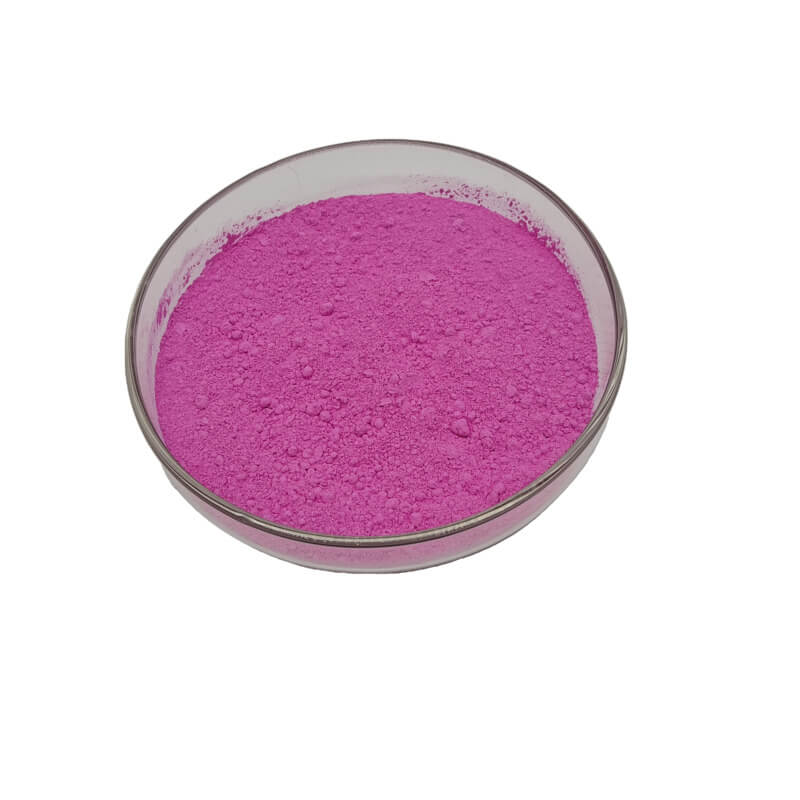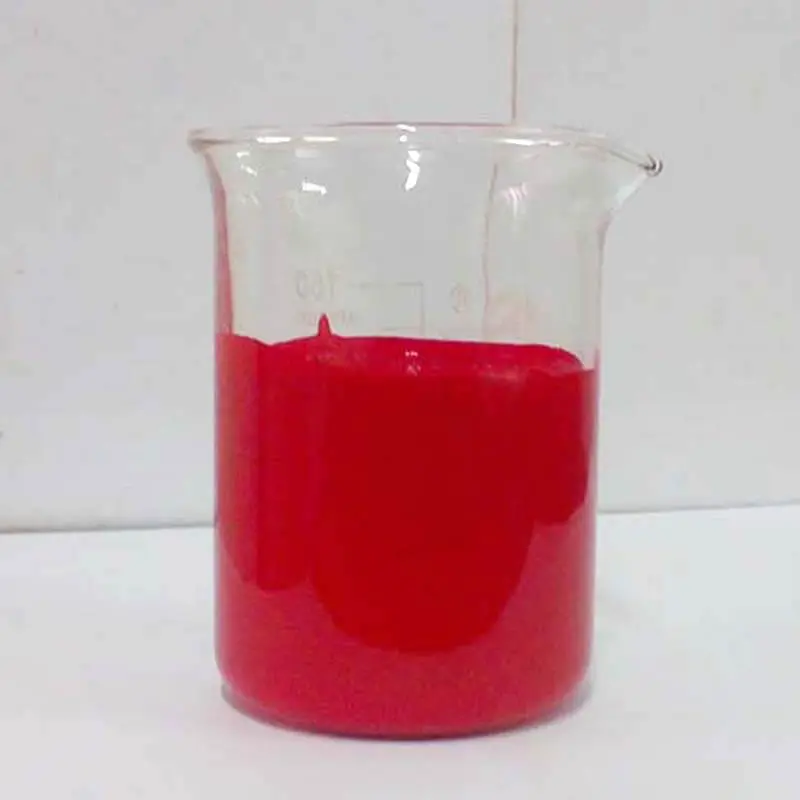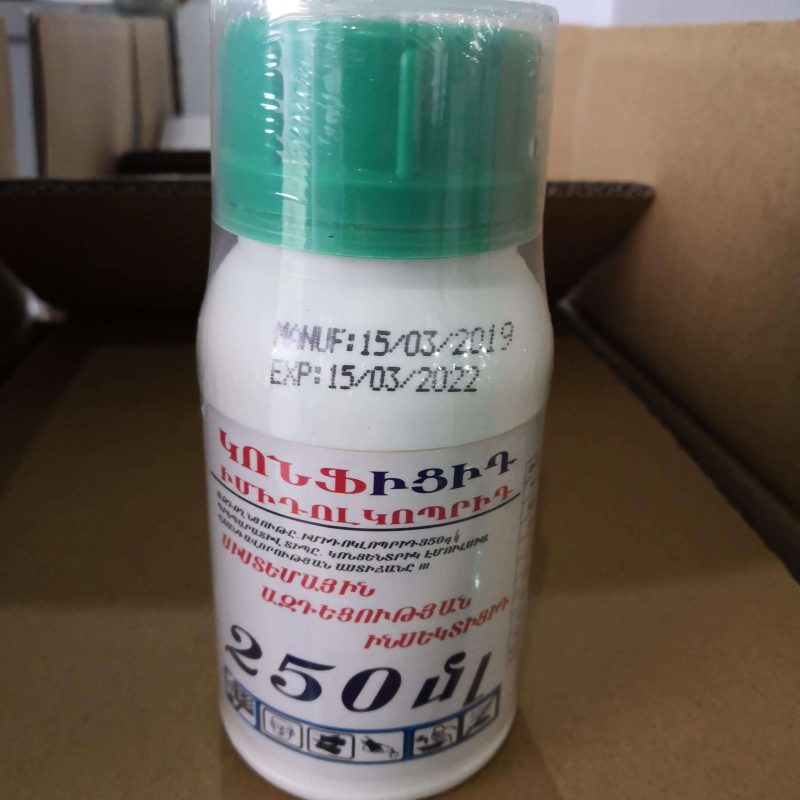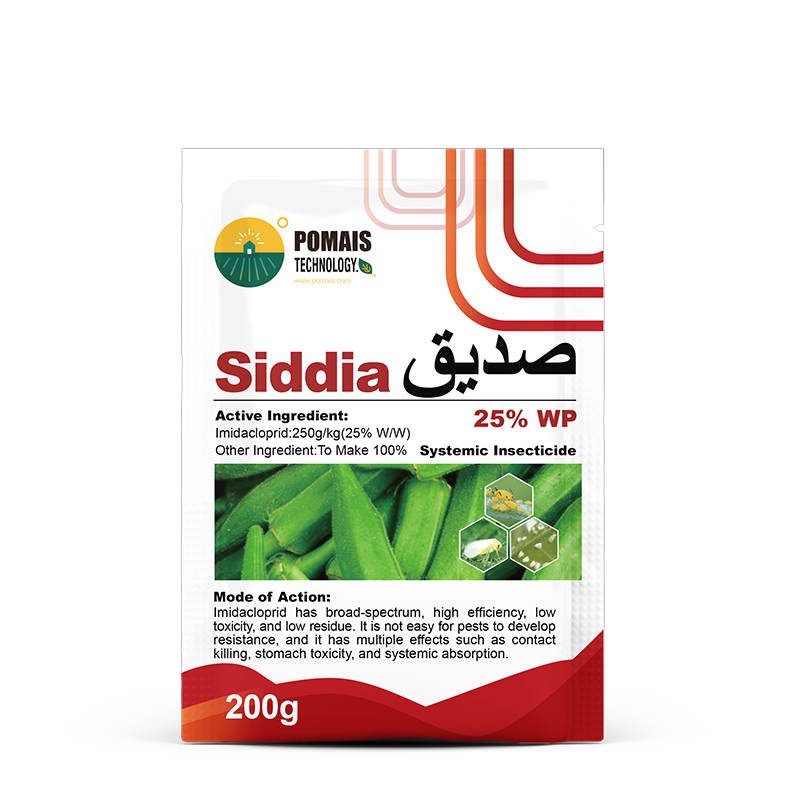What Insects Does Imidacloprid Kill and Uses?
Imidacloprid is one of the most widely used neonicotinoid insecticides in the world, offering highly effective control against a broad range of insect pests. It is used in both agriculture and pest control for managing a variety of insects that damage crops, structures, and even pets. This article explores what insects imidacloprid kills and its primary uses.
What Insects Does Imidacloprid Kill?
Imidacloprid is a systemic insecticide, meaning it is absorbed into the plant tissues or animals and distributed throughout the organism. This allows it to provide long-lasting protection from pests. It targets insects by interfering with their nervous system, causing paralysis and death. Here are some of the key insects that Imidacloprid effectively controls:
1. Soil-Borne Pests
- Root-feeding pests such as nematodes (e.g., root-knot nematodes) and grubs (e.g., Japanese beetles) are controlled through the systemic action of Imidacloprid. It is often used in seed treatments to protect young plants from soil-dwelling pests.
2. Agricultural Pests
- Aphids: These tiny sap-sucking insects damage crops like corn, tomatoes, and soybeans by feeding on plant juices and transmitting diseases.
- Whiteflies: Imidacloprid is effective against these pests, which affect a wide range of crops, particularly vegetables, fruits, and ornamentals.
- Thrips: These pests can cause significant damage to fruits, flowers, and vegetables. They are difficult to control, but Imidacloprid is effective.
- Leafhoppers: These insects feed on the sap of crops like potatoes, grapes, and citrus fruits, spreading harmful diseases like phytoplasma.
3. Turfgrass and Landscape Pests
- Chinch Bugs: These pests are notorious for damaging turfgrass by feeding on grass blades and sucking out nutrients, causing browning and thinning.
- Grubs: These larvae of beetles, including Japanese beetles and June beetles, can severely damage turfgrass and other ornamental plants.
- Ants: While not as commonly targeted as other pests, Imidacloprid can be used in bait formulations to control ant colonies, particularly fire ants and carpenter ants.
4. Indoor and Pet Pest Control
- Fleas: Imidacloprid is a common ingredient in spot-on treatments for pets, effectively killing flea larvae and adult fleas. It is absorbed into the pet’s bloodstream, where it kills fleas that feed on them.
- Cockroaches: Imidacloprid is also used to control cockroaches, both inside homes and in commercial settings. Its long-lasting effects ensure that cockroaches are effectively managed over time.
5. Other Insects
- Termites: Imidacloprid is used in some termite control products as a preventive barrier or in direct treatment of termite colonies.
- Mosquitoes: In some cases, Imidacloprid can be used to control mosquito larvae in standing water, offering protection against disease transmission.
Imidacloprid Uses
Imidacloprid has a wide variety of applications across different industries due to its broad-spectrum insecticidal properties. Below are some of the most common uses of Imidacloprid:
1. Agricultural Applications
- Crop Protection: Imidacloprid is used extensively in agriculture for protecting crops from a variety of pests. It is commonly used to control soil-borne pests, root-feeding insects, and foliar pests. It is applied to crops like corn, soybeans, cotton, potatoes, grapes, and fruit trees.
- Seed Treatments: One of the most popular uses of Imidacloprid in agriculture is as a seed treatment, where it is applied to seeds before planting. This provides early-season protection for the emerging seedlings against soil insects like grubs and nematodes.
- Systemic Pest Control: Its systemic nature allows Imidacloprid to be absorbed by plants and provide long-term protection from pests like aphids, whiteflies, and thrips.
2. Turf and Ornamental Applications
- Turfgrass Management: Imidacloprid is used to control pests such as grubs, chinch bugs, and root-feeding insects in lawns and golf courses. It helps maintain the health and aesthetic appeal of turfgrass by preventing damage from pests.
- Ornamental Plants: It is also used in the care of ornamental plants and landscaping to manage pests like whiteflies, aphids, and thrips that damage plants and flowers.
3. Residential and Commercial Pest Control
- Indoor Pest Control: Imidacloprid is commonly used in insecticides for cockroach, ant, and flea control. It is available in sprays, bait stations, and spot-on treatments for pets.
- Termite Control: Imidacloprid is a popular active ingredient in termite treatments, both in the form of soil barriers or direct treatments for infested areas.
4. Veterinary Applications
- Flea Control on Pets: Imidacloprid is used in products like Advantage® and other spot-on treatments for controlling fleas on dogs and cats. It works by being absorbed into the bloodstream and killing fleas when they bite the treated pet.
- Topical Treatments: Besides flea control, Imidacloprid is sometimes used for tick control on pets, depending on the formulation.
Conclusion
Imidacloprid is a powerful neonicotinoid insecticide that has a wide range of applications for controlling many types of pests in agriculture, turf management, residential pest control, and veterinary care. It is highly effective against a broad spectrum of pests, including grubs, aphids, fleas, termites, cockroaches, and whiteflies, and is particularly valuable for its systemic properties.
While it is safe when used as directed, it is important to follow safety guidelines and application instructions to minimize environmental impact and ensure the safety of humans and pets.
Frequently Asked Questions (FAQs)
- What pests does Imidacloprid kill?
- Imidacloprid is effective against soil-borne pests, aphids, whiteflies, grubs, fleas, cockroaches, termites, and more.
- Can I use Imidacloprid on my pets?
- Yes, Imidacloprid is commonly used in spot-on treatments for flea control on pets like dogs and cats.
- How does Imidacloprid work?
- Imidacloprid works by disrupting the nervous system of pests, causing paralysis and death.
- Is Imidacloprid toxic to humans?
- Imidacloprid has low toxicity to humans when used as directed, but precautions should be taken during application to avoid exposure.
- How do I apply Imidacloprid for pest control?
- Imidacloprid is available in various forms, including sprays, baits, and granules, depending on the application area and the pests you are targeting.
Imidacloprid is one of the most widely used neonicotinoid insecticides in the world, offering highly effective control against a broad range of insect pests. It is used in both agriculture and pest control for managing a variety of insects that damage crops, structures, and even pets. This article explores what insects imidacloprid kills and its primary uses.
What Insects Does Imidacloprid Kill?
Imidacloprid is a systemic insecticide, meaning it is absorbed into the plant tissues or animals and distributed throughout the organism. This allows it to provide long-lasting protection from pests. It targets insects by interfering with their nervous system, causing paralysis and death. Here are some of the key insects that Imidacloprid effectively controls:
1. Soil-Borne Pests
- Root-feeding pests such as nematodes (e.g., root-knot nematodes) and grubs (e.g., Japanese beetles) are controlled through the systemic action of Imidacloprid. It is often used in seed treatments to protect young plants from soil-dwelling pests.
2. Agricultural Pests
- Aphids: These tiny sap-sucking insects damage crops like corn, tomatoes, and soybeans by feeding on plant juices and transmitting diseases.
- Whiteflies: Imidacloprid is effective against these pests, which affect a wide range of crops, particularly vegetables, fruits, and ornamentals.
- Thrips: These pests can cause significant damage to fruits, flowers, and vegetables. They are difficult to control, but Imidacloprid is effective.
- Leafhoppers: These insects feed on the sap of crops like potatoes, grapes, and citrus fruits, spreading harmful diseases like phytoplasma.
3. Turfgrass and Landscape Pests
- Chinch Bugs: These pests are notorious for damaging turfgrass by feeding on grass blades and sucking out nutrients, causing browning and thinning.
- Grubs: These larvae of beetles, including Japanese beetles and June beetles, can severely damage turfgrass and other ornamental plants.
- Ants: While not as commonly targeted as other pests, Imidacloprid can be used in bait formulations to control ant colonies, particularly fire ants and carpenter ants.
4. Indoor and Pet Pest Control
- Fleas: Imidacloprid is a common ingredient in spot-on treatments for pets, effectively killing flea larvae and adult fleas. It is absorbed into the pet’s bloodstream, where it kills fleas that feed on them.
- Cockroaches: Imidacloprid is also used to control cockroaches, both inside homes and in commercial settings. Its long-lasting effects ensure that cockroaches are effectively managed over time.
5. Other Insects
- Termites: Imidacloprid is used in some termite control products as a preventive barrier or in direct treatment of termite colonies.
- Mosquitoes: In some cases, Imidacloprid can be used to control mosquito larvae in standing water, offering protection against disease transmission.
Imidacloprid Uses
Imidacloprid has a wide variety of applications across different industries due to its broad-spectrum insecticidal properties. Below are some of the most common uses of Imidacloprid:
1. Agricultural Applications
- Crop Protection: Imidacloprid is used extensively in agriculture for protecting crops from a variety of pests. It is commonly used to control soil-borne pests, root-feeding insects, and foliar pests. It is applied to crops like corn, soybeans, cotton, potatoes, grapes, and fruit trees.
- Seed Treatments: One of the most popular uses of Imidacloprid in agriculture is as a seed treatment, where it is applied to seeds before planting. This provides early-season protection for the emerging seedlings against soil insects like grubs and nematodes.
- Systemic Pest Control: Its systemic nature allows Imidacloprid to be absorbed by plants and provide long-term protection from pests like aphids, whiteflies, and thrips.
2. Turf and Ornamental Applications
- Turfgrass Management: Imidacloprid is used to control pests such as grubs, chinch bugs, and root-feeding insects in lawns and golf courses. It helps maintain the health and aesthetic appeal of turfgrass by preventing damage from pests.
- Ornamental Plants: It is also used in the care of ornamental plants and landscaping to manage pests like whiteflies, aphids, and thrips that damage plants and flowers.
3. Residential and Commercial Pest Control
- Indoor Pest Control: Imidacloprid is commonly used in insecticides for cockroach, ant, and flea control. It is available in sprays, bait stations, and spot-on treatments for pets.
- Termite Control: Imidacloprid is a popular active ingredient in termite treatments, both in the form of soil barriers or direct treatments for infested areas.
4. Veterinary Applications
- Flea Control on Pets: Imidacloprid is used in products like Advantage® and other spot-on treatments for controlling fleas on dogs and cats. It works by being absorbed into the bloodstream and killing fleas when they bite the treated pet.
- Topical Treatments: Besides flea control, Imidacloprid is sometimes used for tick control on pets, depending on the formulation.
Conclusion
Imidacloprid is a powerful neonicotinoid insecticide that has a wide range of applications for controlling many types of pests in agriculture, turf management, residential pest control, and veterinary care. It is highly effective against a broad spectrum of pests, including grubs, aphids, fleas, termites, cockroaches, and whiteflies, and is particularly valuable for its systemic properties.
While it is safe when used as directed, it is important to follow safety guidelines and application instructions to minimize environmental impact and ensure the safety of humans and pets.
Frequently Asked Questions (FAQs)
- What pests does Imidacloprid kill?
- Imidacloprid is effective against soil-borne pests, aphids, whiteflies, grubs, fleas, cockroaches, termites, and more.
- Can I use Imidacloprid on my pets?
- Yes, Imidacloprid is commonly used in spot-on treatments for flea control on pets like dogs and cats.
- How does Imidacloprid work?
- Imidacloprid works by disrupting the nervous system of pests, causing paralysis and death.
- Is Imidacloprid toxic to humans?
- Imidacloprid has low toxicity to humans when used as directed, but precautions should be taken during application to avoid exposure.
- How do I apply Imidacloprid for pest control?
- Imidacloprid is available in various forms, including sprays, baits, and granules, depending on the application area and the pests you are targeting.









